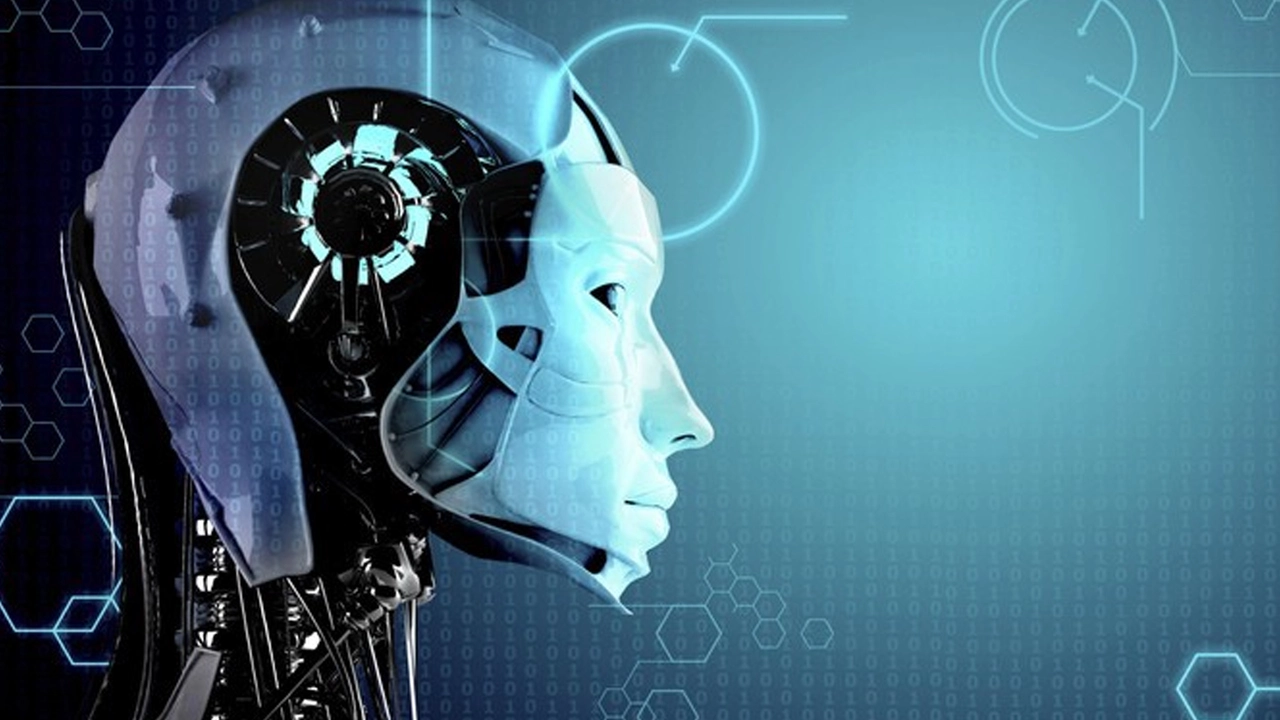AI Applications: How Artificial Intelligence Is Changing Everyday Life
Ever wonder why AI feels like a buzzword and a miracle at the same time? You’re not alone. From the emails landing in your inbox to the way schools teach, AI is quietly doing a lot of the heavy lifting. Let’s break down the most common AI uses you can see right now and how you can tap into them without a PhD.
Boosting Marketing with AI‑Powered Email Drip Campaigns
One of the easiest places to see AI in action is email marketing. Platforms like ConvertKit use AI to analyze past opens, clicks, and purchase behavior, then auto‑generate drip‑campaign templates that nudge readers toward a sale. The result? Higher engagement and more revenue without you spending hours writing each message. If you’re new to this, start by picking a proven template, plug in your own product details, and let the AI fine‑tune send times for you.
AI in Education and Learning Environments
Schools are experimenting with AI to personalize lessons. Imagine a math app that spots the exact concept you’re struggling with and serves extra practice right then. That’s AI‑driven adaptive learning at work. It also helps teachers spot trends – like a whole class missing the same concept – so they can adjust their teaching plan fast. If you’re a student or parent, look for apps that mention “adaptive learning” or “AI‑personalized” in their description.
Beyond the classroom, AI is reshaping how we search for information. A simple query like “best AI tools for small business” now pulls results that rank based on relevance, credibility, and even your past clicks. That’s natural‑language processing (NLP) doing the heavy lifting behind the scenes.
What about creative work? AI generators can draft short blog posts, suggest headlines, or even rewrite a paragraph to sound more engaging. The key is to treat them as assistants, not replacements. Draft your idea, let the AI suggest improvements, then add your own voice.
For those who love gadgets, AI‑enabled voice assistants (think Siri, Alexa, Google Assistant) are constantly learning your habits. Over time they can suggest playlists, set reminders before you even ask, and control smart home devices with a single command. If you haven’t tried a routine (like “Good morning” to turn on lights and read the news), set one up – you’ll feel the convenience instantly.
Even finance feels the AI touch. Banks use AI to flag suspicious transactions, offer personalized loan rates, and predict spending patterns. While you won’t see the algorithms, you’ll notice faster approvals and smarter budgeting tools in your banking app.
So, where do you start? Pick one area where you already spend time – email, learning, or finance – and look for an AI‑powered tool that promises a specific benefit. Try it for a week, track the results, and decide if the boost is worth keeping.
Remember, AI isn’t magic; it’s data‑driven automation. The more data you feed it (like consistent use or clear preferences), the better it becomes. Dive in, experiment, and let AI handle the routine while you focus on the creative and strategic parts of your work or study.
